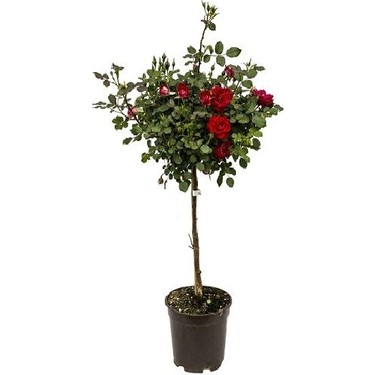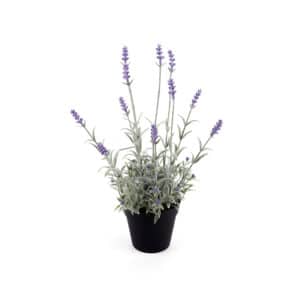Pruning is the act of cutting away dead or overgrown branches and stems to increase growth and the overall health of a plant. Pruning is a practice that can be done on trees, shrubs and bushes.
There’s no question that pruning your shrubs can bring about beautiful results. Before pruning your shrubs, trees, and bushes, be sure that you are familiar with the species you are working with, so that you can best accommodate its continued growth.
Below you can find some information on popular shrubs we get most questioned on how to prune them.
Roses
Roses can be an intimidating shrub to prune, but there’s no need to worry. Roses tend to only need pruning at least once a year. The timing of when to prune your roses may vary, but a general rule of thumb is to prune in the spring before the blooms start to emerge.
The most common places to prune rose bushes are the dead or damaged woody parts of the bush. You can also remove very thin and brittle branches as well. It’s best to cut about ¼ inch above the buds that are facing away from the plant at a 45 degress angle. A good indication to make sure you’ve cut enough is if there is a white flesh exposed. If not, you can cut lower until you see it. The result of pruning your roses will be new growth and beautiful blooms.
Hydrangeas
Hydrangeas, when pruned, can live very long. In general, they don’t need much pruning as they are rather low maintenance shrubs, but when they are properly taken care of they will continue to bloom year after year. One of the biggest determining factors of when to prune hydrangeas lies within the type of hydrangea you are working with. If the hydrangea you have blooms on old compost, you’ll want to prune them immediately after old flowers fade. If the shrub blooms on new compost, the shrub can be pruned before the new growth appears.
Lavender
Not only does the lavender have irresistible beauty and a memorable scent, they’re also a long blooming semi-shrub that can make a wonderful addition to your garden. Pruning is one of the ways you can encourage your lavender to continue growing and sustain its look. As it grows, you’ll notice that the base stem starts to turn into brown wood. This is the part where the green growth of the shrub meets the stem. Find that spot, and follow the stem 2 to 3 inches up from the woody part of the stem and that’s where to cut. Make sure to leave about 2 or 3 inches of the green left on the woody parts so they can continue to bloom. If you leave just the woody part, it won’t grow. Pruning lavender is best done at least twice a year. The spring is a great time as that is where the new growth comes out, and midsummer is another time to reduce the woodiness of the shrub and to keep it producing.
Citrus Trees
The best time to prune citrus trees is late winter to early spring before bud break. The trick with all citrus trees is to avoid pruning or cutting back during the flowering and fruit-producing season in summer when the tree is at its most virile . Pruning is an important part of keeping your citrus trees productive and healthy. At least once a year, perform a close inspection of your tree. Look for diseased, dead, or infested branches that need to be removed. Cut them out as close to the trunk as possible.

